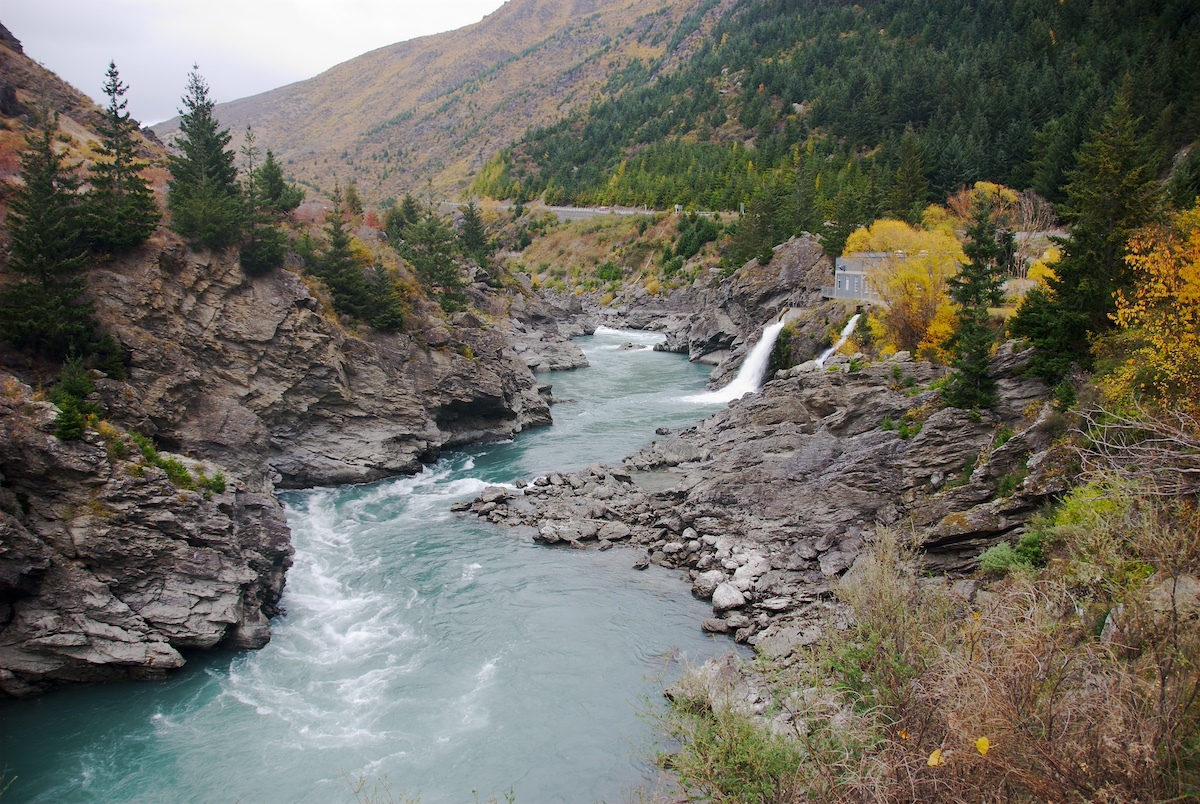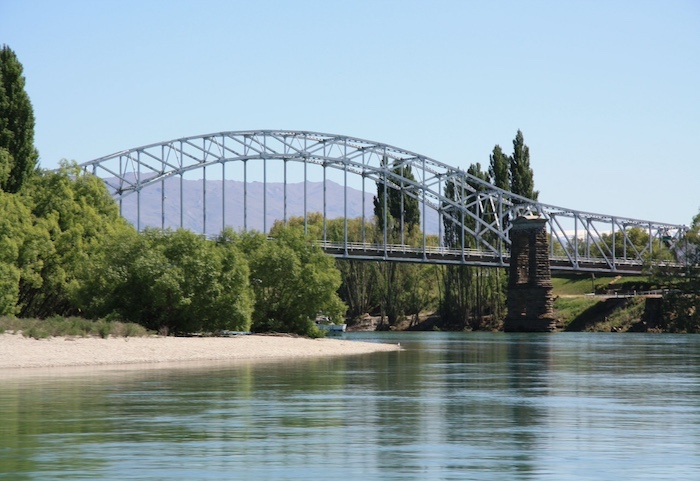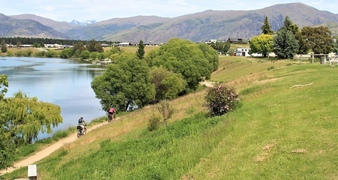QLDC to discharge treated wastewater into Shotover; CODC "concerned''
Aimee Wilson
25 March 2025, 11:16 PM
 Treated sewage from Queenstown will make its way down the Kawarau River and into Lake Dunstan FILE SHOT
Treated sewage from Queenstown will make its way down the Kawarau River and into Lake Dunstan FILE SHOTCentral Otago councillors are ''concerned'' about the region's closest neighbour’s plan to discharge up to 24,000 cubic metres of treated wastewater into the Shotover River.
The impacts of the Queenstown Lake District Council decision to use emergency powers to allow the discharge was a topic of discussion at the Central Otago District Council meeting in Ranfurly today.
Mayor Tamah Alley said she strongly felt the QLDC should let the public know of any downstream effects for Central Otago people.
However, it was the district council’s understanding there would not be any impact on drinking water supplies downstream - as long as the discharges were meeting the required treatment standards.
CODC group manager – three waters Julie Muir - who happened to be giving a presentation to the council about the water regulator Taumata Arowai’s proposed environmental performance standards for wastewater in New Zealand today - indicated QLDC may meet the proposed national standards with this system due to the dilution factor.
She emphasised monitoring of the discharge quality at the outfall pipe would be critical.
“It is our expectation QLDC and ORC [Otago Regional Council] will undertake this regular monitoring and release those results to us so we can be assured there will be no impacts on drinking water supplies or the usability of the Mata-Au or Lake Dunstan,” Mayor Tamah said.
“This would be critical to giving everyone comfort that the treated wastewater posed no risk.”
In a media announcement this morning, QLDC admitted that continuing to risk overflows from its disposal field was too much of a health risk, and discharging treated water into the river was the best outcome in the meantime, until a new disposal option could be found - a period of up to four to five years.
The uncontrolled nature of the discharge from the ponding area into the surrounding delta was at times overflowing, infrastructure manager Tony Avery said.
An emergency consent meant the Queenstown Lakes council could now send treated water into the Shotover which eventually met the Kawarau River before joining the Clutha River/Lake Dunstan at Cromwell and then flowing downstream.
Prior to announcement a public protest condemning the move took place outside the Shotover Wastewater Plant this morning.
Mayor Tamah said there was a huge volume of water in the Kawarau River each day, which was currently running at 112.5cu.
“However, being downstream our community rightly have expectations around not only the quality of any discharge into the river, but communication on the details.”
“Our communities’ expectations and aspirations for our environment are increasing. They want to hear directly from councils how we are meeting our obligations not just to those we serve, but those downstream from decision making.”
The QLDC would be allowed to discharge 12,000 cubic metres of treated wastewater directly into the river every day within days, but said it could vary and on some days may be double that.
Deputy Mayor Neil Gillespie told council that while it seemed a huge number, the dilution factor was going to be significant, and that was also backed by Julie.
But Otago Regional councillor Michael Laws was concerned, not just about the potential environmental risk, but the reputational damage of the local government organisation.
He believed not all of the sewage would have been through the treatment plant but had sat in the oxidation pond prior to discharge.
“Until now, the ORC staff have relayed that the treatment discharges are minor in their impact. But if the ponds are effectively emptied by the QLDC then the impact will be major,’’ he said.
“The ORC faces both significant environmental and reputational risk as a party to the discharge, informal or not.”
Regional councillor Gary Kelliher believed the environment was not at risk with the current action, “to me it’s an outcome from the QLDC including discharge to land that was unnecessary and a massive burden on cost to the ratepayers.”

LAWA currently tested water quality over the summer months at two sites on Lake Dunstan and also the Alexandra boat ramp. FILE SHOT.
Land and Water Aotearoa (LAWA) currently tested water quality over the summer months weekly at two sites on Lake Dunstan and also the Alexandra boat ramp.
This summer there has only been one high E.Coli level found and that was in Alexandra on January 1, 2025, following high rainfall.
Have a story to share?
Contact [email protected]




